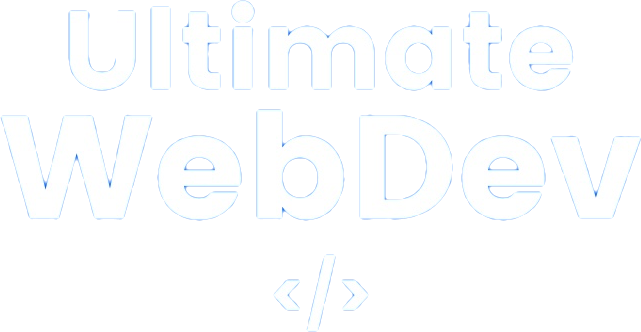jQuery Syntax
jQuery is a popular and powerful JavaScript library that simplifies the process of interacting with HTML documents, handling events, creating animations, and making asynchronous requests. Its syntax is designed to be concise and user-friendly, making it easier for developers to write clean and efficient code.
Including jQuery
Before you can start using jQuery, you need to include it in your HTML document. You can do this by adding the following script tag to the <head> section of your HTML:
<script src="https://code.jquery.com/jquery-3.6.0.min.js"></script>
This script tag references the jQuery library hosted on the jQuery CDN (Content Delivery Network). Make sure to use the latest version available to access the latest features and bug fixes.
Document Ready
One of the core concepts in jQuery is the “document ready” event. It ensures that your jQuery code only runs once the HTML document has been fully loaded and is ready for manipulation. Here’s how you can use it:
$(document).ready(function() {
// Your code here
});
Alternatively, you can use the shorthand version:
$(function() {
// Your code here
});
Selecting Elements
jQuery makes it easy to select HTML elements for manipulation using CSS-style selectors. You can select elements by their tag names, classes, IDs, attributes, and more.
For example:
- Selecting by tag name:
$("p") // Selects all <p> elements
- Selecting by class:
$(".my-class") // Selects all elements with class "my-class"
- Selecting by ID:
$("#my-id") // Selects the element with ID "my-id"
- Selecting by attribute:
$("[data-toggle='tooltip']") // Selects elements with a specific data attribute
Manipulating Elements
Once you’ve selected elements, you can easily manipulate them using jQuery methods. Some common operations include:
- Changing HTML content:
$("#my-element").html("New content");
- Modifying CSS properties:
$(".my-element").css("color", "red");
- Adding or removing classes:
$("#my-element").addClass("new-class");
$("#my-element").removeClass("old-class");
Handling Events
jQuery simplifies event handling. You can attach event listeners to elements and specify the function to execute when the event occurs. Here’s an example:
$("#my-button").click(function() {
alert("Button clicked!");
});
Animation Effects
jQuery provides a range of animation methods to create smooth transitions and effects. For example, you can animate the fading of an element like this:
$("#my-element").fadeOut(1000); // Fades out in 1 second
Making AJAX Requests
jQuery simplifies AJAX (Asynchronous JavaScript and XML) requests, allowing you to fetch data from a server without reloading the entire page. Here’s a basic example:
$.ajax({
url: "https://api.example.com/data",
method: "GET",
success: function(response) {
// Handle the response data
},
error: function(error) {
// Handle errors
}
});
jQuery offers a user-friendly and powerful syntax for working with HTML documents, handling events, creating animations, and making AJAX requests. By understanding the basics of jQuery syntax, you can streamline your web development projects and create interactive and dynamic web applications with ease.

